An intriguing deck by Sony focusing on smartphone videography, claims that smartphones will not incorporate full-frame sensors till 2030 and beyond. The maximum sensor size will be a bit more than 1 inch. Therefore, the image quality of videos will be AI-dependent. Explore the relevant slides below.
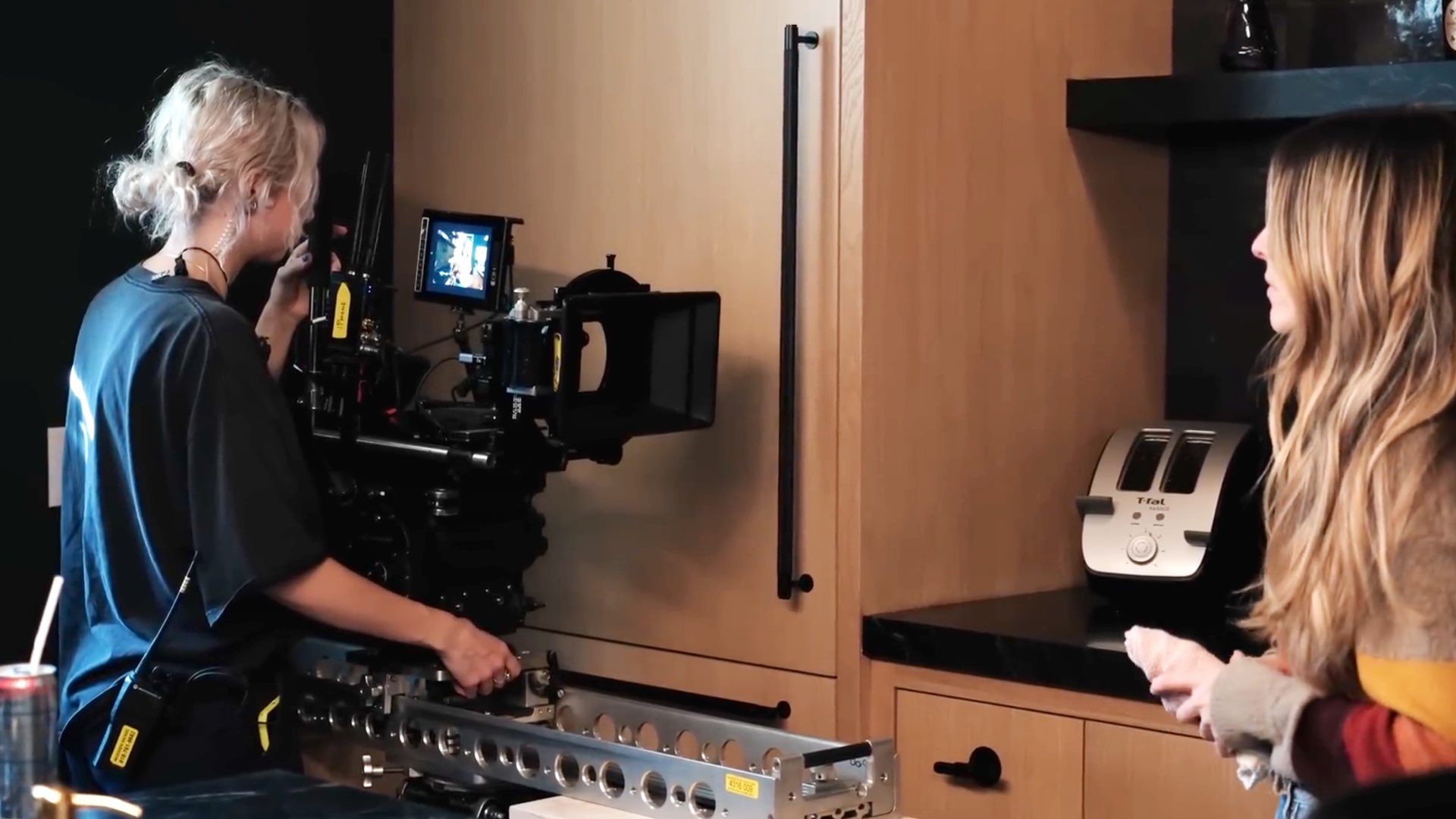
Smartphone videography
A presentation by Sony titled Imaging and Seeing Solutions Segment presented by Director, President, and CEO, of Sony Semiconductor Solutions Corporation – Terushi Shimizu, demonstrates the evolution of smartphones in videography, and how it’s connected to the sensors. In this deck, Sony predicts exponential growth in mobile video shooting and states that the industry must focus on sub-cameras to improve smartphone videography. Moreover, according to Sony, the evolution axis of mobile camera performance consists of a few main factors defined as the five characteristics that are highly dependent on the image sensor’s performance: Sensitivity / Noise, Dynamic range, Power consumption, Resolution, and Readout speed. As for still imaging, Sony claims that the quality of smartphone cameras comes close to the human eye through the combination of larger sensors and AI, and in some cases even surpasses it. As for videos, Sony believes that further performance improvements are required in each characteristic, and there is a lot of room for technological evolution. Therefore, the quality of video imagery is left behind compared to still because real-time performance is required, and the quality of video is more directly related to the image sensor’s characteristics. What are the conclusions at a glance? Explore below the relevant slides.
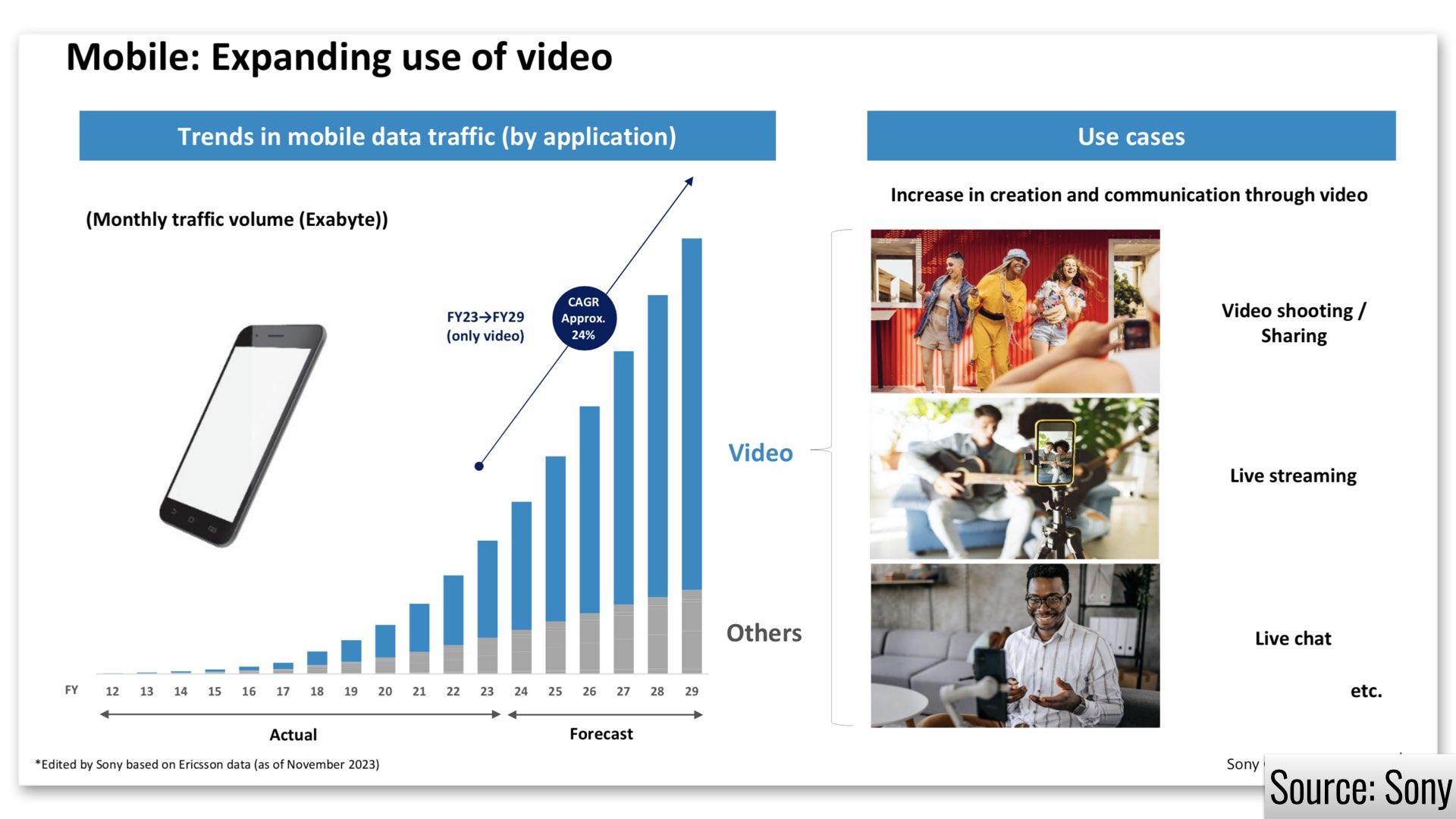
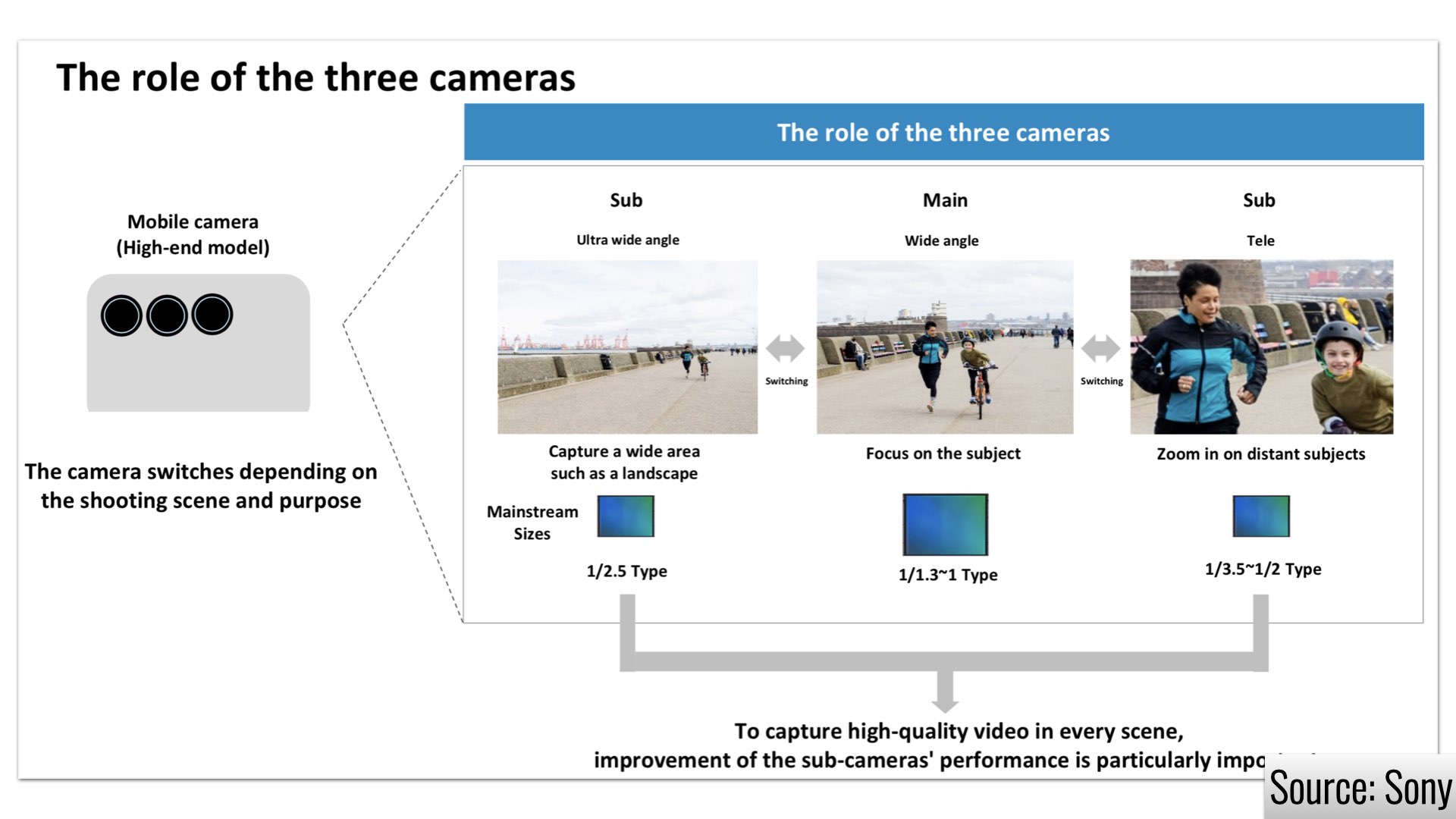
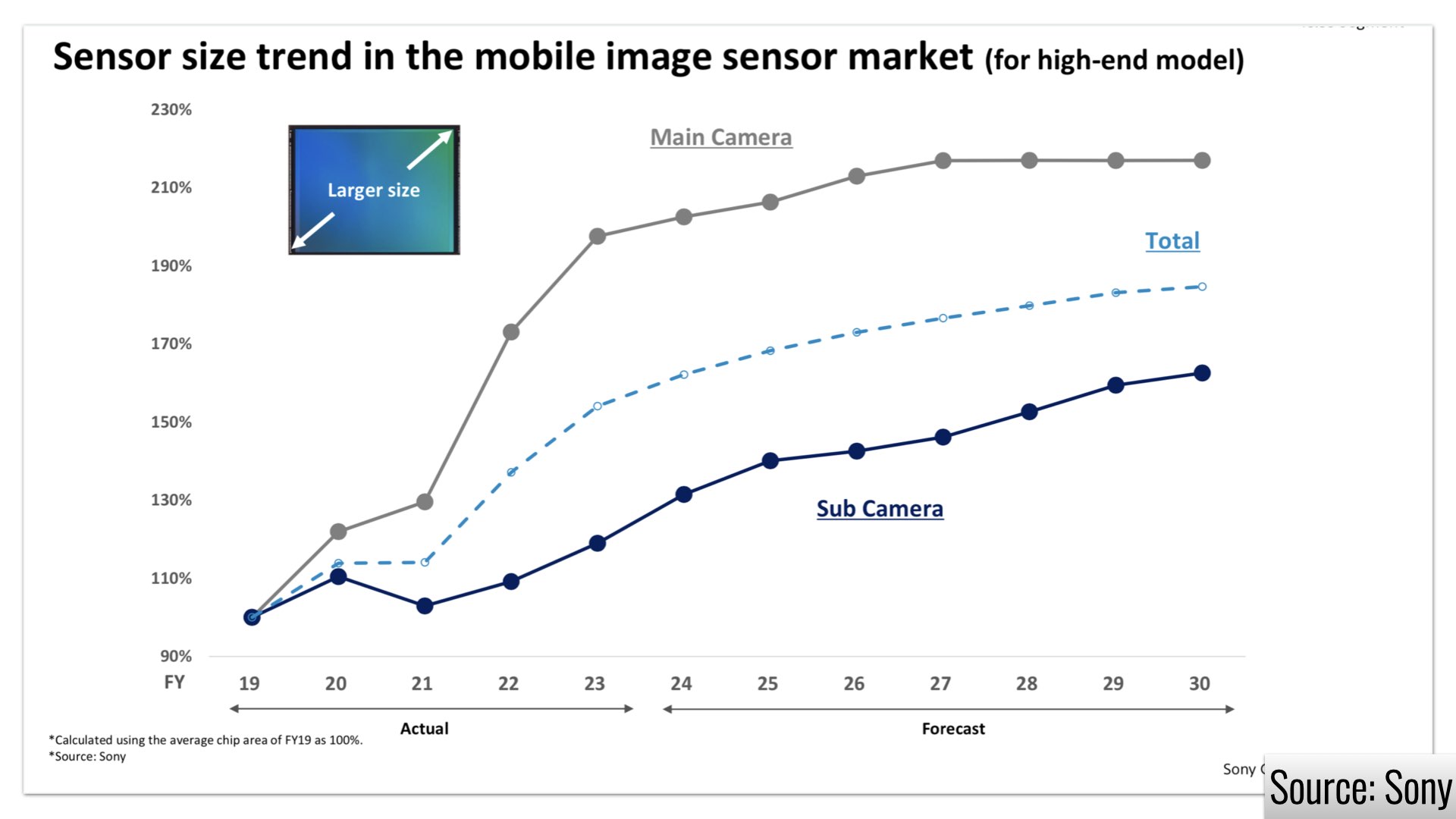
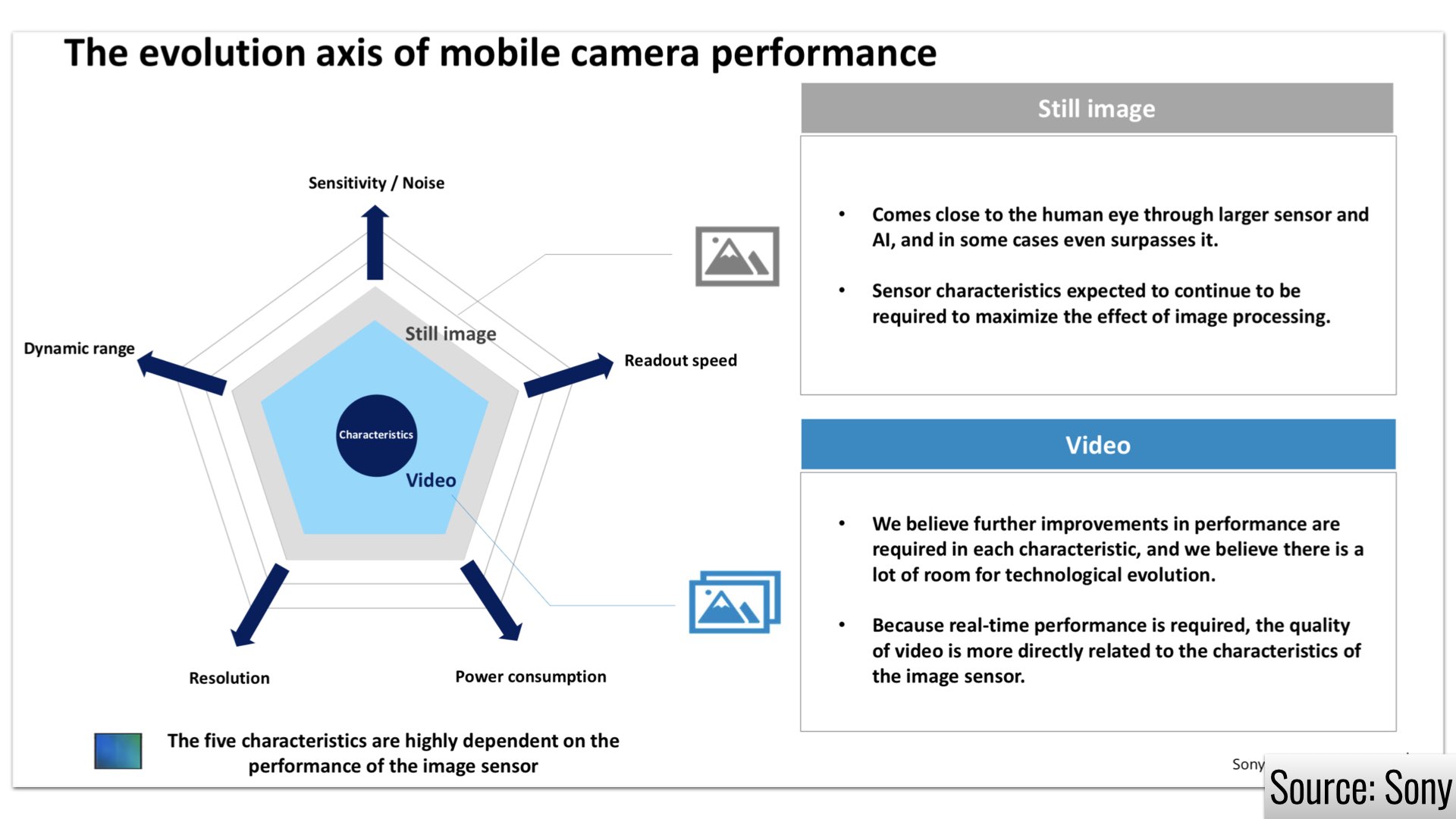
Sensor size as a bottleneck
One very interesting slide demonstrates the elevation of sensor size through the years, The slide titled “Sensor size trend in the mobile image sensor market (for high-end models)” shows a graph of the sensor sizes in the main camera and sub-camera of smartphones. The graph shows an exponential growth in smartphone sensor size between 2019-2023. However, it shows a Plato (almost) from 2023 to 2030. That means Sony thinks we have reached the limit in the size of the image sensors implemented in smartphones. Hence, most of the imagery improvements will be based mainly on AI and calculation rather than on the size of the dog. That sounds logical as larger sensors need more cooling (for the sensor and the processor as well) which is a tricky factor to be achieved on a small and light body. Therefore, the imagery of the video (on a smartphone) will be dependent on the sake of the AI, and not on sensor size, at least till 2030. That’s how Sony thinks. Agree/Do not agree?
Deals & Specials for filmmakers
Here are some updated and selected deals and specials for filmmakers offered by top sellers.

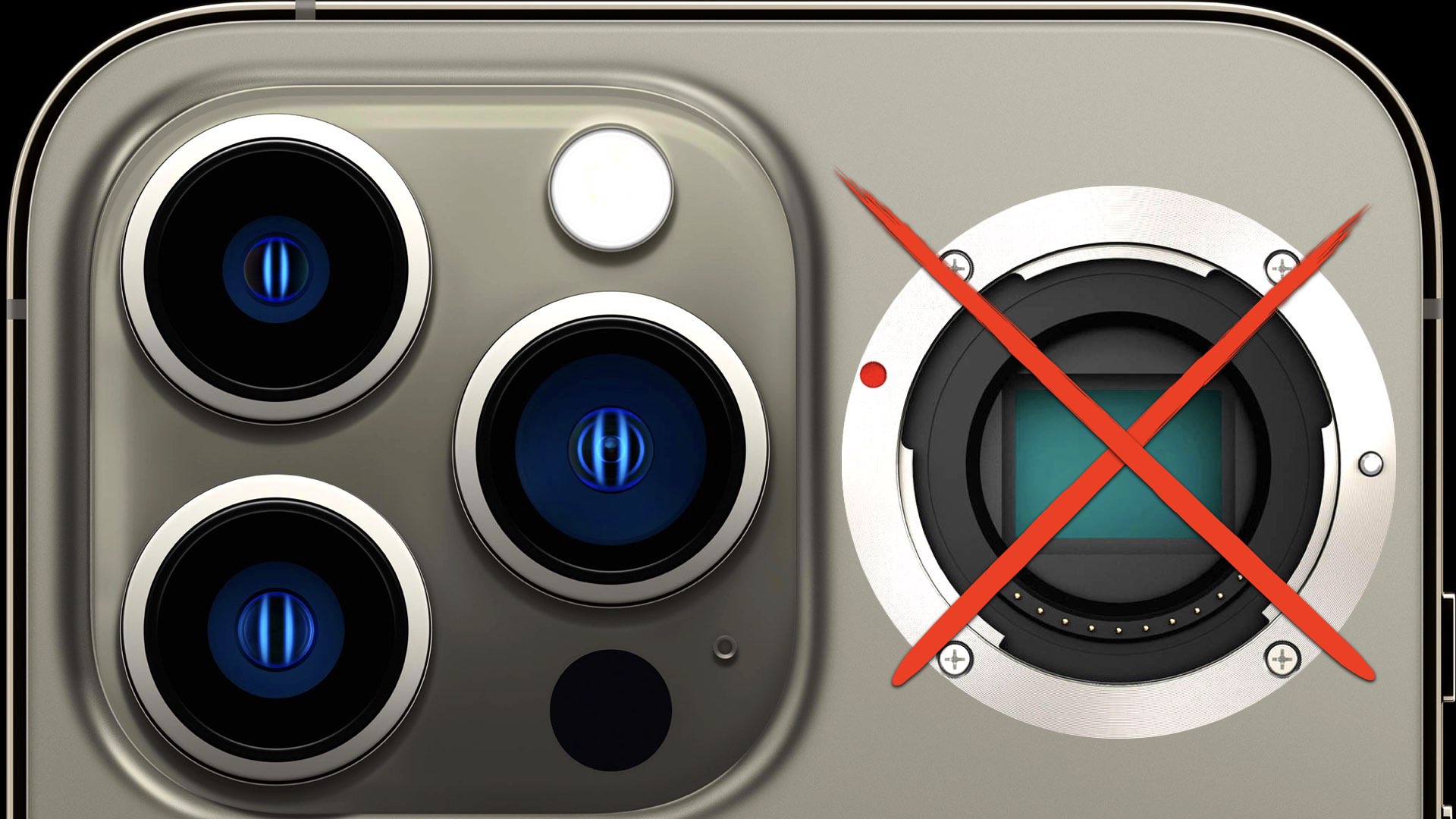
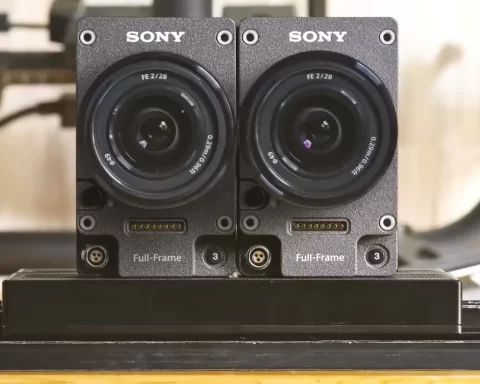
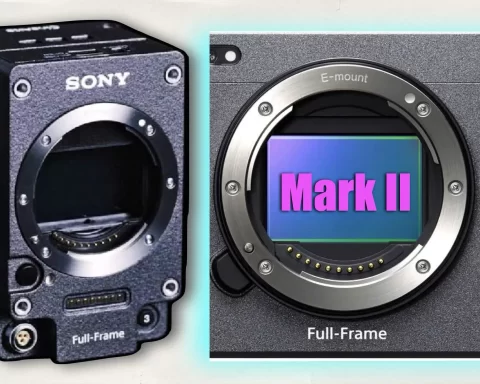
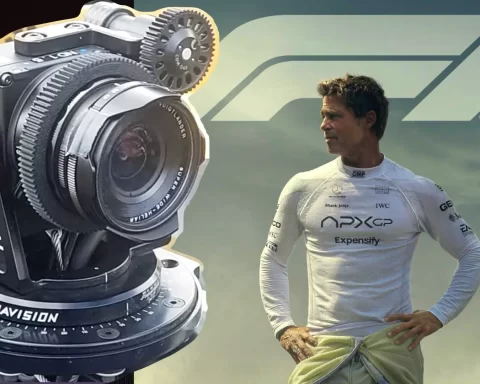
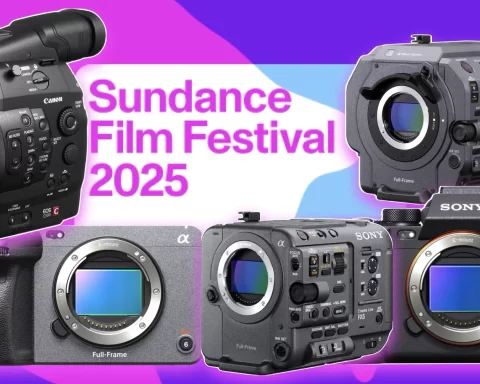
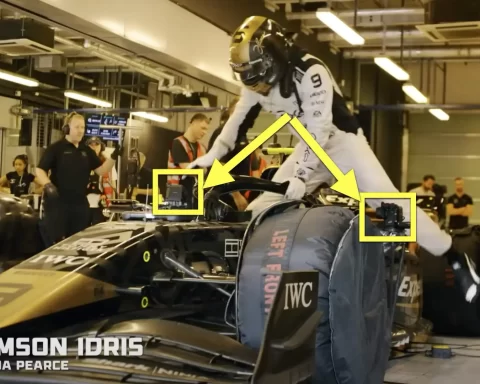
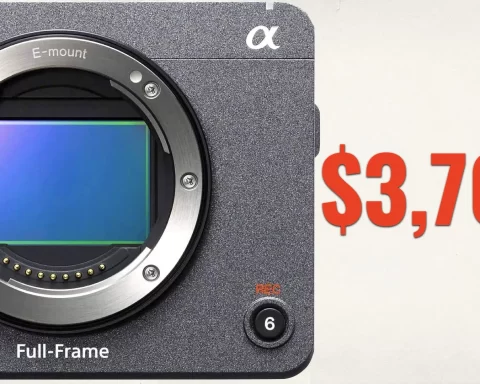

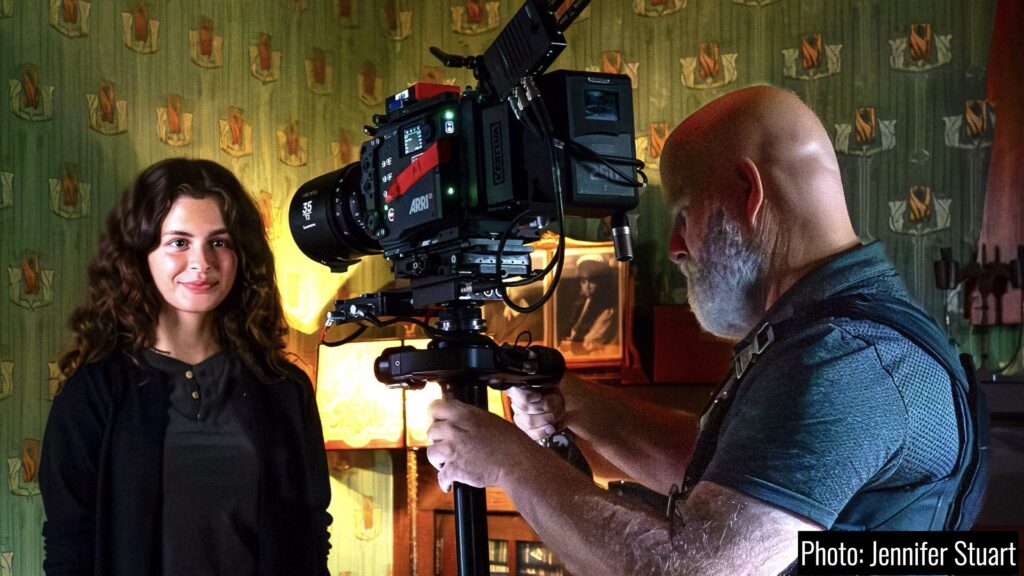

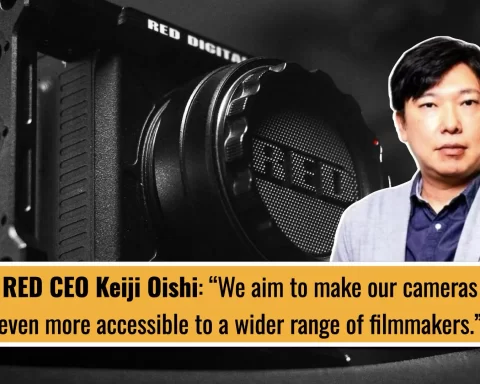
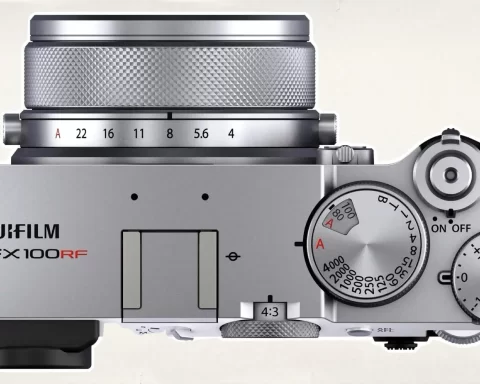
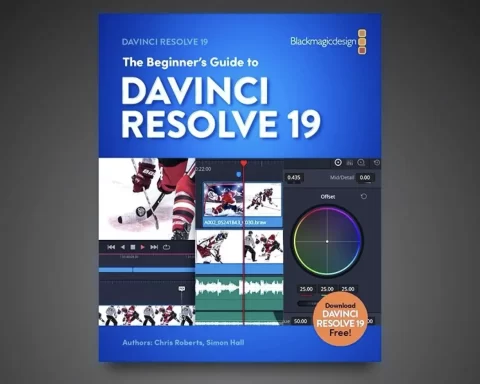
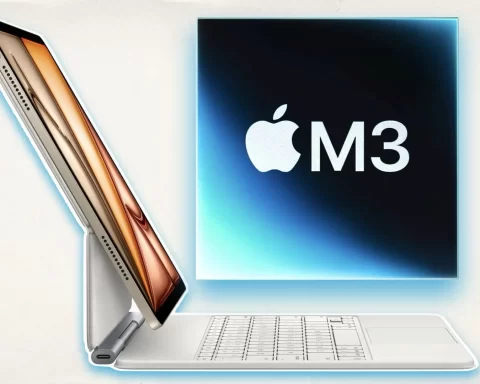
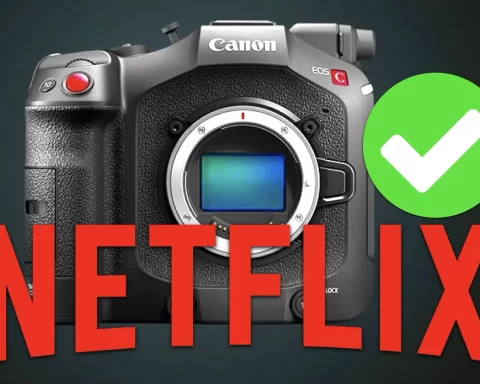
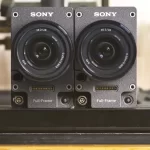
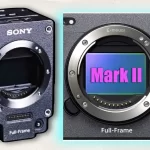
“plateau”
The lens size needed for a bigger sensor is also a limitation (besides cooling)
Thanks for the article and the slides!
It’s easy, just redesign the current phone lenses to project a 2.5x larger image, while keeping all the usual aberrations under control and retaining the ability to resolve 100 megapixels, and keep it the same length. Simple, right? It can’t grow a micron in thickness. The new phone would only need to go thinner if anything. It would look terrible for the shareholders if the company were perceived as not improving with each generation. My super slim phone, that I cram into a thick padded case so it doesn’t crack when I drop it daily, will be a technological marvel. Influencers pretending to know what they’re talking about might lazily mention a “bump” on the back if we dare to bring to market anything less. Oh, that’s physically impossible and light doesn’t work that way? Well, just smear the images through a pile of A.I. That’ll make the idiots happy.